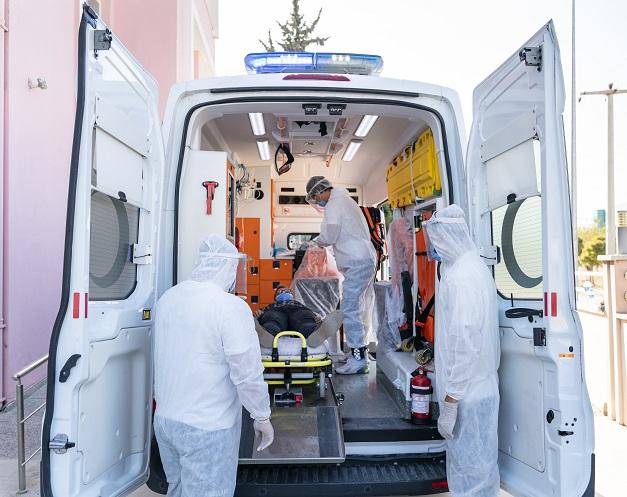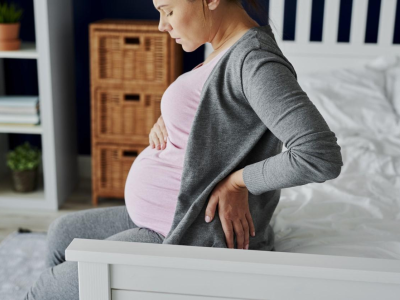An estimated 5,319 more US COVID-19 patients were hospitalized each day after states began allowing nonessential businesses to reopen in spring 2020, but a rise in the death rate lagged by more than a month, a study late last week in JAMA Health Forum finds.
The study, led by a Purdue University researcher, used University of Minnesota COVID-19 Hospitalization Tracking Project data on daily per-capita coronavirus-related hospitalizations in 47 states from Apr 16 to Jul 31, 2020. The investigators also used data on daily state deaths collected by the New York Times and an interrupted time series design to estimate trends in daily hospitalizations and deaths before and after state reopenings.
Hospitalizations began rising after 12 days
On average, the numbers of COVID-19 hospitalizations and deaths per 100,000 people were 17.69 and 0.395, respectively, on the day restrictions were eased in each state. Afterward, about 1.61 people more per 100,000 were hospitalized, suggesting that another 5,319 people were admitted each day after that point, the authors said.
While the death trend after reopening was significant and positive, the change from before to after the easing of restrictions was not significant, at 0.04 people per 100,000. Before business closure mandates were lifted, the daily COVID-19–related death rate was 0.395 per 100,000 people, it rose by 0.10 12 days later, becoming statistically significant after 35 days, at which point the death rate increased by 0.96 per 100,000 people.
Increases in deaths often lag increases in cases by 1 to 3 weeks, but data on the lag between a rise in hospitalizations and a higher death rate are more elusive.
"Our findings that hospitalization and mortality trends were positive after reopenings supports the findings from studies showing reopenings were substantially associated with higher mobility, emphasizing the health outcomes associated with reopenings," the study authors wrote.
Phased vs immediate reopenings
All 47 states, which closed nonessential businesses and banned large gatherings in March and April, had reopened by Jun 1. But they did so in a variety of ways, including immediately reopening all businesses (16 states) and phased reopenings (31 states).
Compared with states that lifted restrictions immediately, states that reopened gradually had both higher rates of hospitalizations on the day they lifted restrictions (20.93 vs 9.95 per 100,000) and a stronger trend toward hospitalizations after reopening (1.40 vs -0.66; difference, 2.06). The researchers said their data could not reveal the reason for the discrepancy.
Stay-at-home orders were still in effect at the time of business reopenings in 37 states, while 10 states had already lifted those orders. Thirty-five states didn't require wearing face coverings in public, and 12 states required masks before or at the same time as state reopenings.
States with stay-at-home orders in place at reopening had higher rates of hospitalization than those with expired orders (18.9 vs 13.5 per 100,000), although the authors noted that the confidence intervals were large, which reflect greater uncertainty. Likewise, the relative rise in hospitalizations after reopening was also higher in states with stay-at-home mandates (1.49 vs -0.01; difference, 1.50). Changes in hospitalization rates were not significantly different between states with and without mask mandates at reopening.
"Because a major risk of COVID-19 was exceeding the capacity of the health care infrastructure, a better understanding of the projections of COVID-19–related health care use is valuable, especially for the future waves of the pandemic," the researchers said.
"Our findings provide quantifiable evidence to hospital systems, health care professionals, and policy makers to help project and remain aware of needs for ensuring adequate hospital capacity and care as states continue to further open or close activities."




















